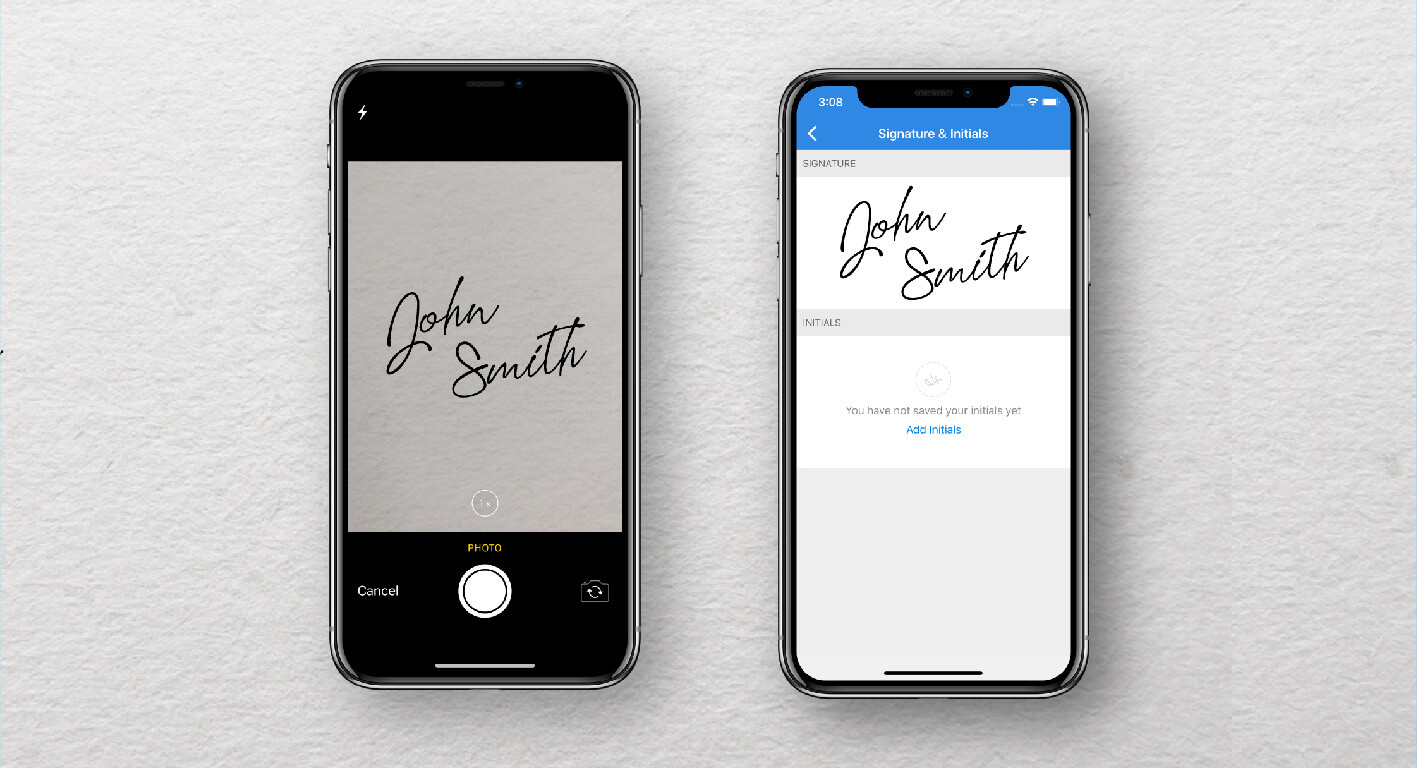
Create simple eSignature applications with the Signeasy API
Developers who want to incorporate eSignatures into their essential operations can use the Signeasy API (Application Programming Interface). Signeasy’s simple-to-integrate API platform allows the creation of bespoke eSignature workflows for websites or applications.
Signeasy provides robust connections with well-known productivity and business applications like Salesforce, Google Workspace, Microsoft Teams, Outlook, and others, assisting developers in creating end-to-end document processes.
The extensive range of Signeasy’s API endpoints gives total control over the eSignatures lifetime of documents. Once a signature request has been started, a user may track it immediately and decide whether to get webhook notifications at each workflow step. Signeasy’s APIs enable organizations to automate document workflows, including eSignatures, in less than two weeks and are incredibly easy to integrate.
How companies employ the Signeasy API
● Embedded signing
The integrated signature endpoints let users sign documents on websites and mobile applications. Developers can integrate Signeasy’s eSignatures functionality into iframes, pop-up windows, new tabs, and the webviews of their applications.
The eSignatures request link will be made available to the API in the integrated signing procedure rather than sent to the signers’ email inboxes. Following that, it can give the signers access to the signing URL.
● Embedded signature request
With embedded signature requests, users may now submit documents outside for signature from an app or website, similar to embedded signing, where they can sign a document within a website or mobile application.
● Merge fields
Include merge fields when needed to programmatically insert dynamic data into a document before sending it out for eSignatures. To use this functionality, one must create templates containing annotations to dynamically fill out using the API when generating a signature request. Users can set up an effective workflow that uses dynamic information with a few clicks and a bit of code.
● Webhooks
Individuals can receive notifications of all document changes during the lifecycle of a signature request by using webhooks. After subscribing to desired webhook events, Signeasy will notify in real-time and start internal workflows on end. Two categories of webhooks exist:
● App-level webhooks
Individuals can utilize app-level webhooks to get notifications of events brought on by a specific API client (app). This is helpful if a user wishes to be informed of a document action started by one of their integrations or API clients.
● Global webhooks
Global Webhook URLs receive events from all sources, including custom integrations, the Signeasy online and mobile apps, and third-party integrations on websites like Zoho and Outlook.
Custom branding/white labeling
Individuals can customize company procedures by including brand names and logos in the embedded signing experience. This increases brand loyalty and helps give customers reliable and expert expertise.
Secure and certified for businesses
With Signeasy, all data and files are encrypted, and signatures adhere to eIDAS and the ESIGN Act. Signeasy also ensures effective data security procedures because it is SOC 2 Type II compliant.
Along with contractual obligations, sub-processors, product features, security precautions, and privacy policies, Signeasy complies with GDPR and is still dedicated to maintaining the security and privacy of customers’ data. Signeasy is HIPAA certified, so healthcare organizations searching for API solutions can feel secure when dealing with issues about data protection.
How users are utilizing the Signeasy API
Businesses all across the world have had success with their digital transformation with the help of Signeasy’s API.
A solid eSignature partner is essential to providing their customers with the finest end-user experience, and ZenEquity, a virtual wallet that streamlines ESOPs, realized this. The digital interface of ZenEquity was entirely compatible with Signeasy’s native eSignatures methodology and embedded signature capabilities.
Signeasy’s API did away with the need for specialized coding and provided robust functionality to speed up stock option granting and approvals for its expanding list of large startup clients.
With no unique development and perfect UX, including one-click signing in use, the API solution for ZenEquity was fully configured in a matter of weeks. ZenEquity also benefited from Signeasy’s first-rate assistance and practical instruction for their eSign API.
Rappi is Latin America’s most significant on-demand fast delivery and super-app startup. Every month, it adds thousands of restaurants and retail partners, which entails laborious contract management procedures.
The South American company has been able to scale its internal and external workflows without disruptions, thanks to Signeasy’s eSignature API. Turnaround on contracts was reduced from weeks to minutes. Rappi no longer has to deal with massive paperwork backlogs or miss out on essential business possibilities.
Other major worldwide brands successfully integrate the Signeasy API into their operational processes to offer their clients flawless eSignature experiences.
Conclusion
By allowing interfaces with current systems and other platforms from third-party vendors, eSignature APIs enable businesses to get more out of their eSignature software. This blog post has gone in-depth on why APIs are used with eSignature software and the various configuration choices available for Signeasy’s eSignature software.


Comments are closed.